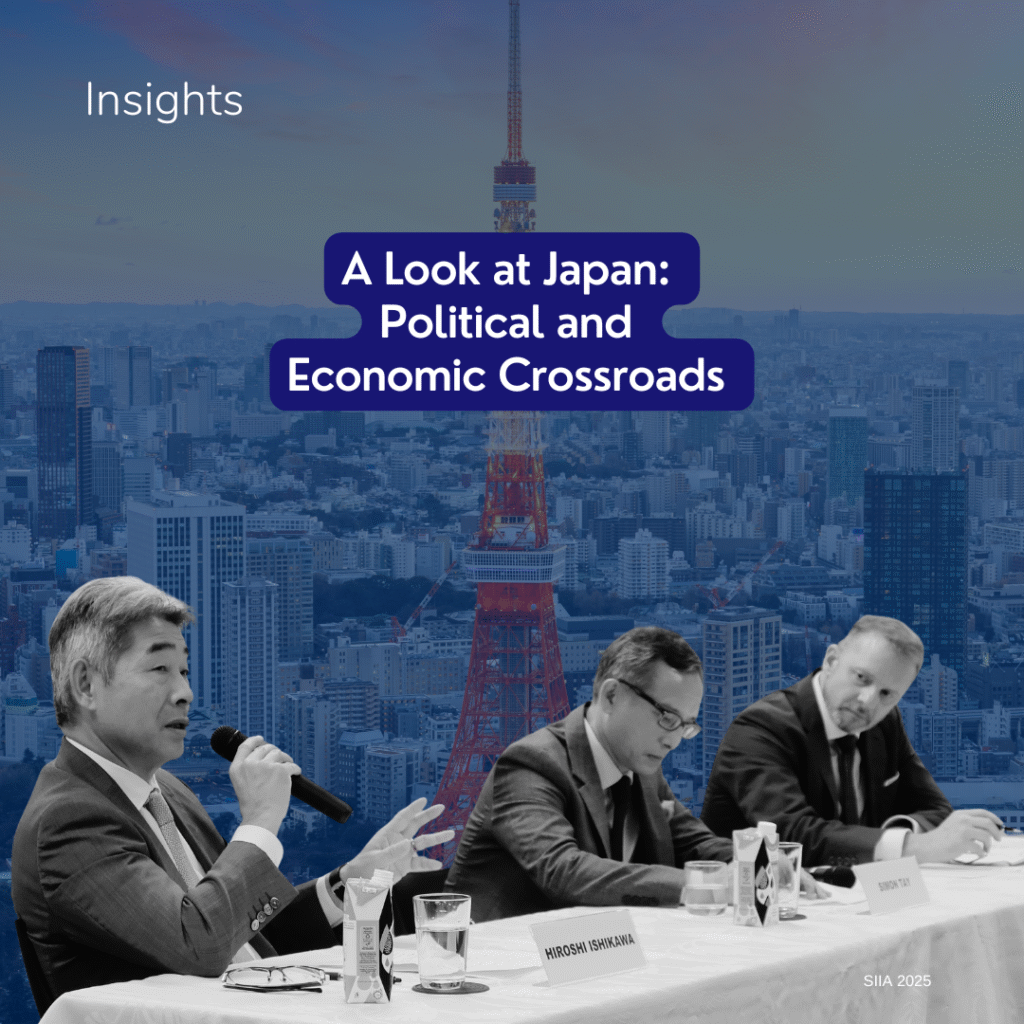Initiated by the ASEAN Capital Markets Forum (ACMF), the second edition of the ASEAN Capital Market Conference 2018 was hosted by the Monetary Authority of Singapore (MAS) on 11 October 2018 (Thursday). It brings together senior capital market regulators and key industry leaders to develop opportunities and promote integration in ASEAN capital markets.
As part of its continuous efforts to promote sustainable financing in ASEAN, the ACMF launched the ASEAN Social Bond Standards and the ASEAN Sustainability Bond Standards at the Conference. SIIA Director (Policy Programmes) Ms. Chen Chen Lee spoke on the panel, “Sustainable financing: Where are we now and what’s next?” alongside other distinguished speakers: Ms. Herry Cho, Director, Head of Sustainable Finance, Asia Pacific, ING; Mr. Gaurav Kwatra, Principal of Financial Services, Oliver Wyman; Mr. Mikkel Larsen, Managing Director & Co-Chairman, DBS Sustainability Council as well as Mr. Mohd Sani Mohd Ismail, Senior Financial Sector Specialist, Asian Development Bank. The panel was moderated by Mr. Ephyro Luis Amatong, Commissioner, Securities and Exchange Commission Philippines.
Here’s a look at what came up during the Conference:
While international principles on green and sustainable financing exist, ASEAN has taken steps to adapt its application to regional and local needs. Governments today are placing more emphasis on an inclusive and environmentally-friendly development model and these sentiments are reflected in initiatives such as the ASEAN Green Bond Standards. The ASEAN Green Bond Standards excludes fossil fuel power generation projects, thereby going beyond the International Capital Market Association’s Green Bond Principles. Coupled with the ASEAN Social Bond Standards and the ASEAN Sustainability Bond Standards, these initiatives will offer a comprehensive suite of sustainable financing standards for the region and increase ASEAN’s attractiveness for green and sustainable investments.
Green bonds hold great potential to bridge infrastructure gaps while offering an avenue to communicate the issuers’ intentions and priorities. Asia will need to invest $26 trillion in infrastructure from 2016 to 2030, or $1.7 trillion per year, when incorporating climate change mitigation and adaptation costs. Green bonds, which channel financing towards projects in areas such as renewable energy, climate mitigation and energy efficiency can help to meet these needs. To date, green bonds have been issued by five corporates from Malaysia and Singapore; a sovereign green sukuk was issued by Indonesia, all of which align with the ASEAN Green Bond Standards. While capturing these opportunities is critical, issuing green bonds could also be seen as an avenue to improve transparency and facilitate communication with various stakeholders.
More work is required to ensure projects’ bankability and establish a pipeline of green and sustainable projects. As financial institutions such as banks seek to grow their portfolio of sustainable assets, it is essential to develop a pipeline of green, sustainable and bankable projects. This will entail government policies and support. Another possibility is for investors to develop expertise and specific processes that consider the unique characteristics of green projects to accelerate capital flows.






